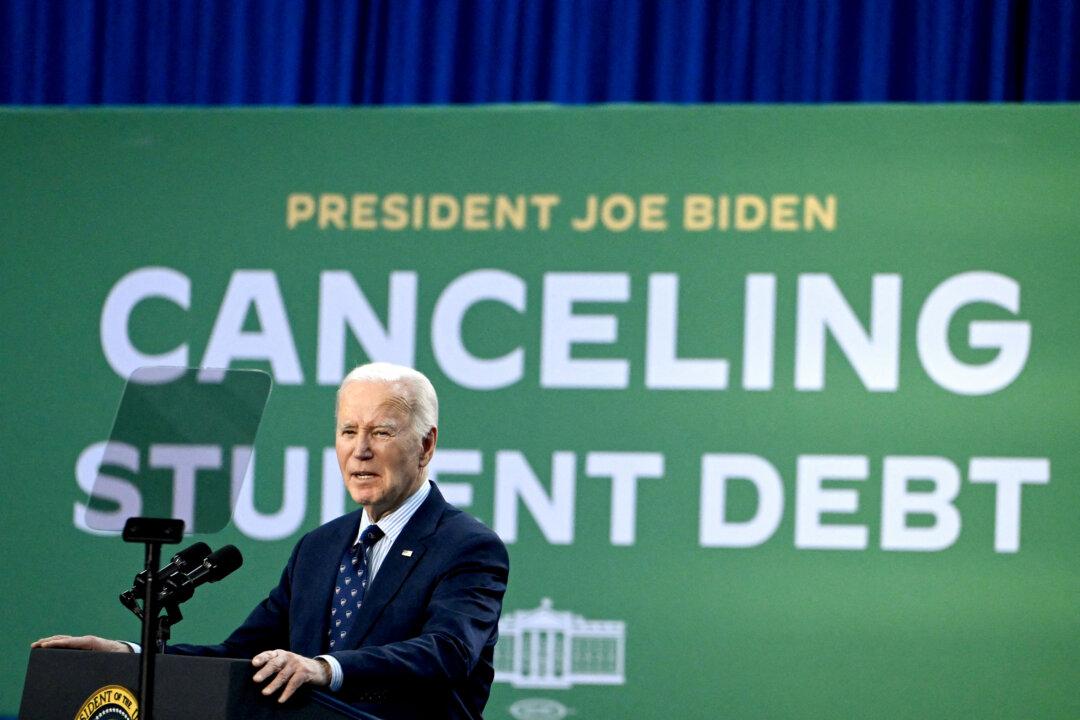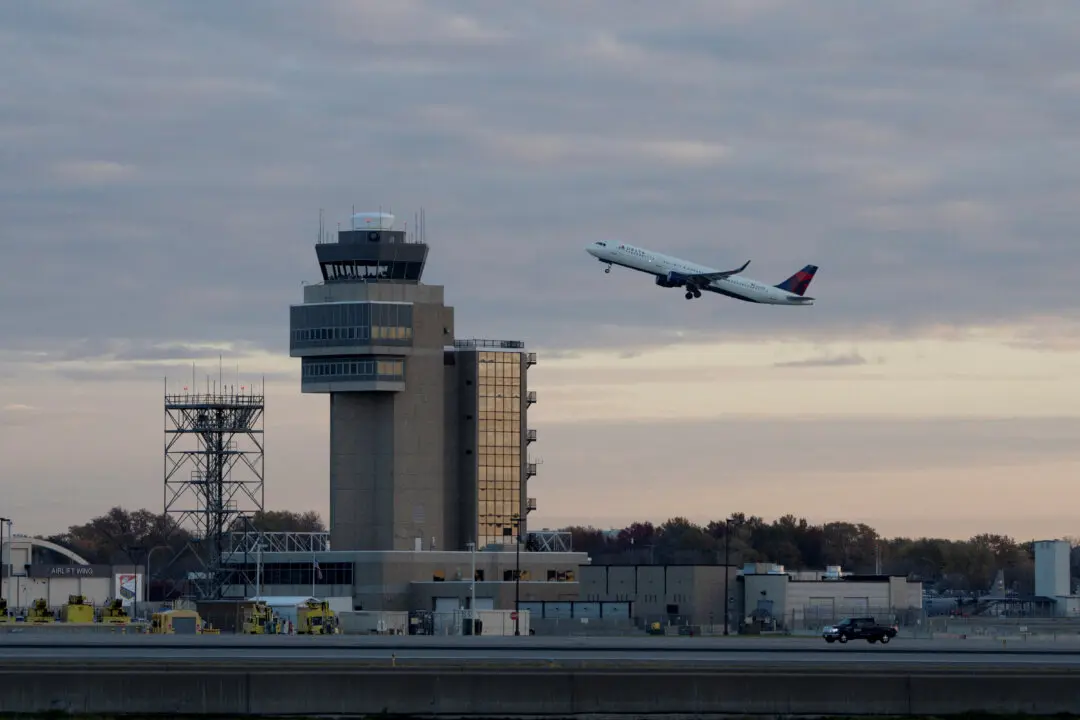Starbucks is reconsidering its open-to-all bathroom policy because worsening mental health problems among the public are posing a threat to employees and customers.
Howard Schultz, the CEO of the coffee shop chain, indicated during a New York Times DealBook forum on Thursday that the company may once again reserve the bathrooms for paying customers.





